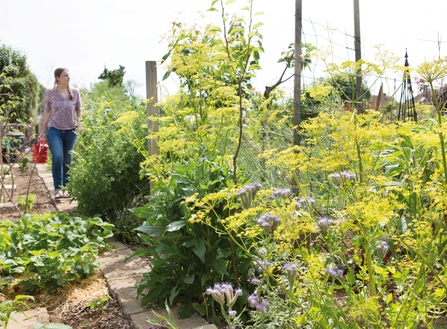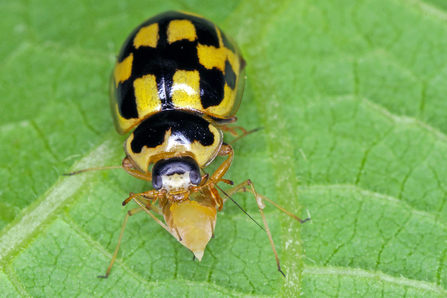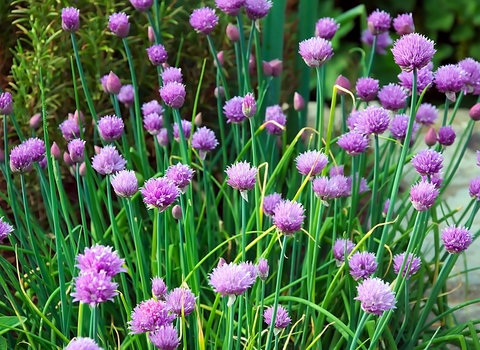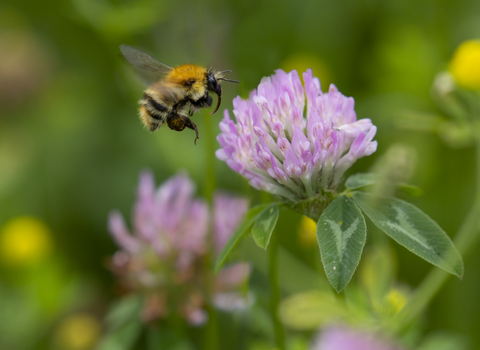Welcome to the Coronation Gardens for Food and Nature initiative, which aims to get us all growing food alongside nature. It’s a completely brilliant idea and one I fully endorse – in my view there’s nothing better than growing food while providing for wildlife.
Growing your own food is rewarding and fun, and doing it in a nature-friendly way means there’s always plenty to discover when you’re outside tending your patch. Whatever you have room for – a pond, a patch of nettles, a pot of nectar-rich flowers, areas of long grass or a mixed native hedge – the wildlife will find the habitats you’ve created and will work with you to keep your plot healthy and productive.





